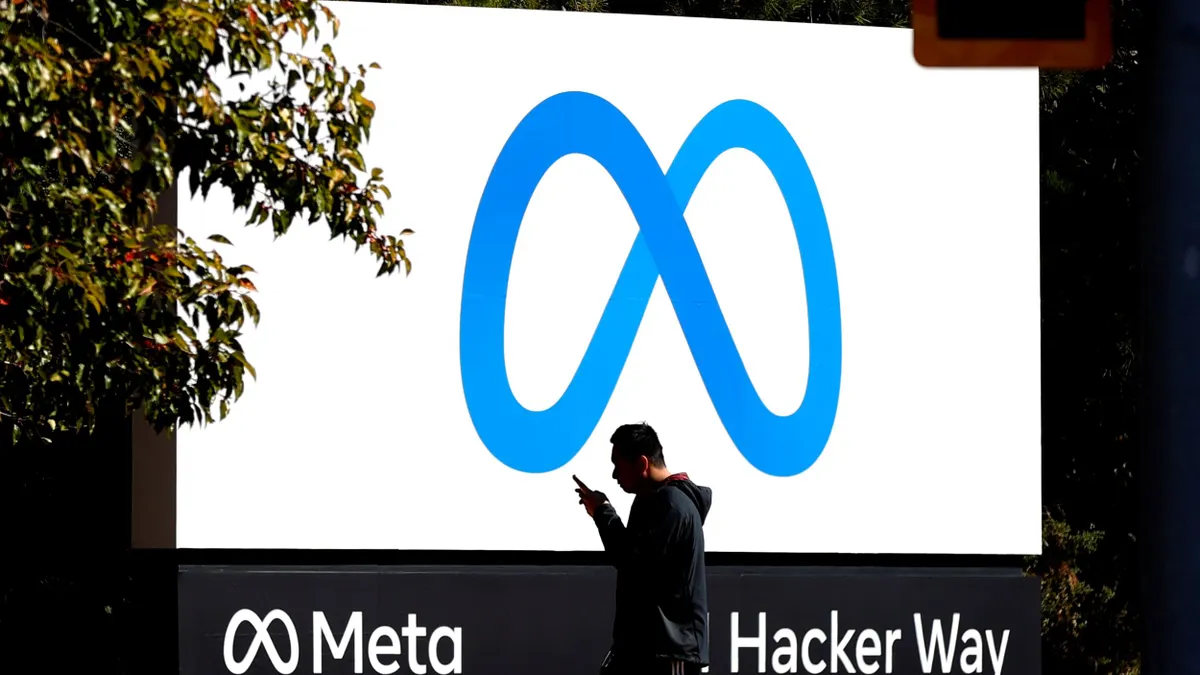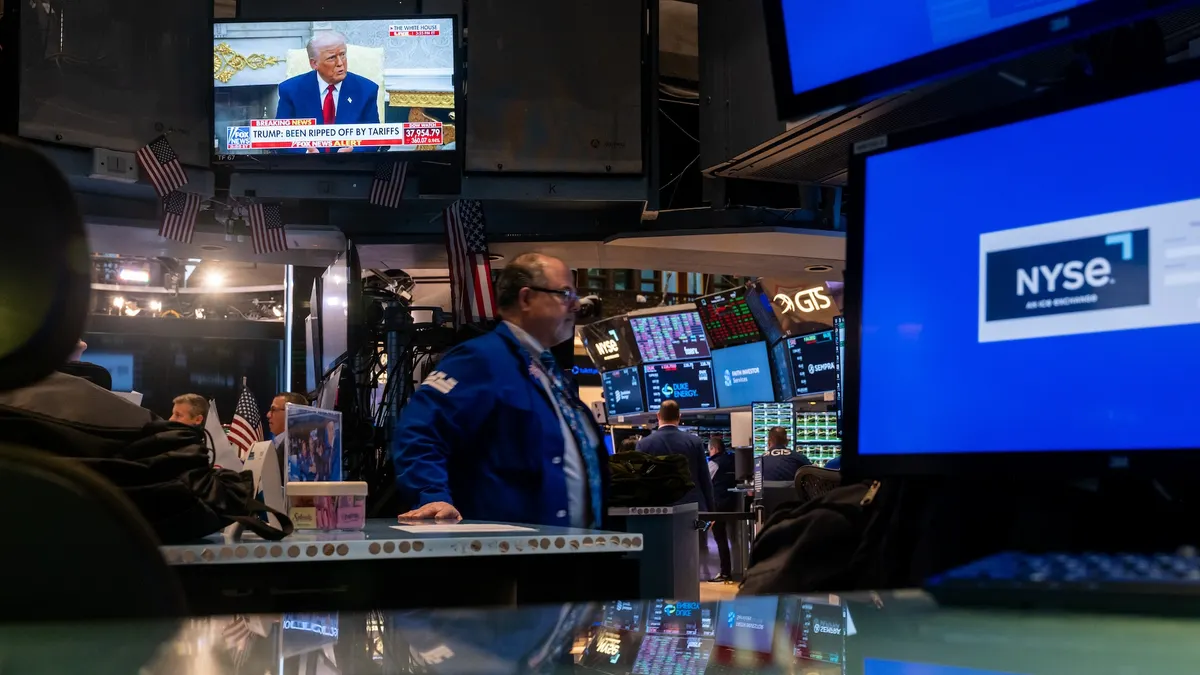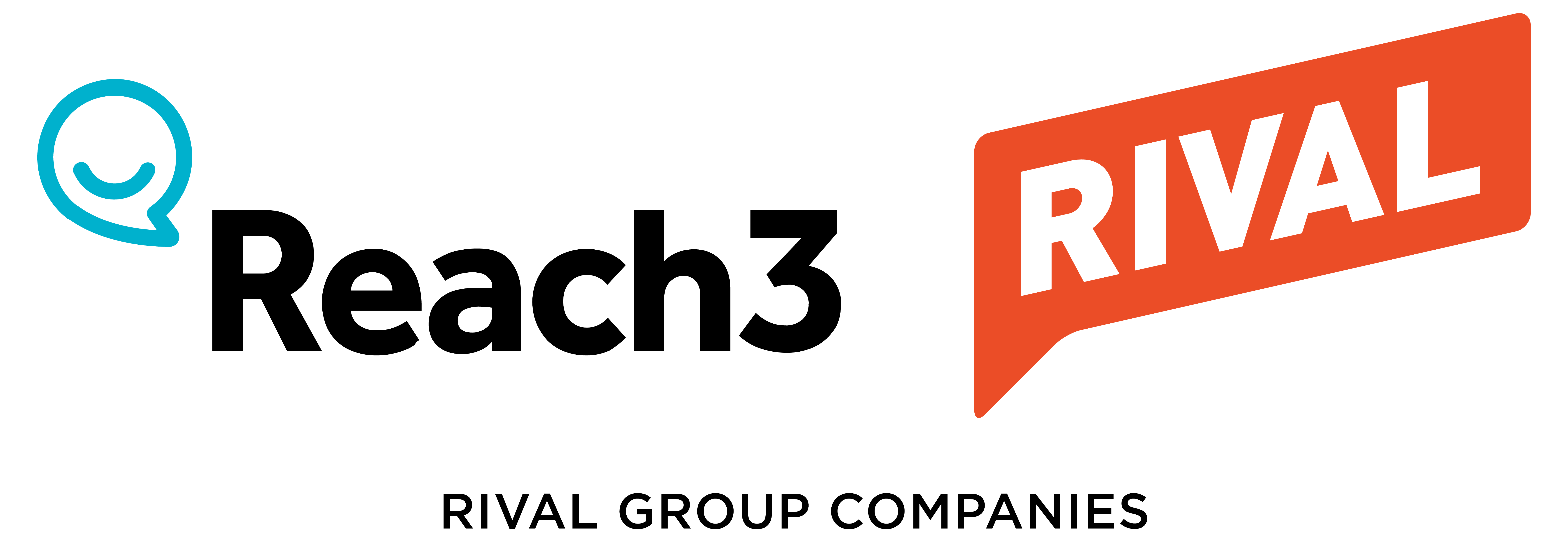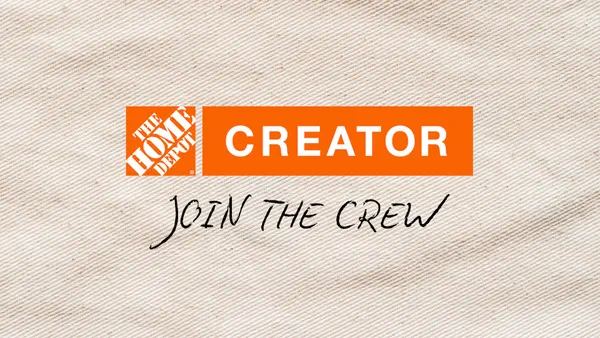Meta grew revenue 26% year over year to $51.24 billion in Q3, according to an earnings statement, beating analyst estimates on a key metric tied to its advertising business. Impressive momentum in advertising was attributed to the platform’s advancements in artificial intelligence (AI), which are keeping consumers engaged with apps like Facebook and Instagram for longer and improving Meta’s ad-ranking systems and performance.
“After a few years of existential hand-wringing, the company has found its rhythm again by doing what it does best: scaling attention and monetizing it with ruthless efficiency,” said Jeremy Goldman, eMarketer’s senior director of briefings, in emailed comments. “While everyone else is still pitching AI moonshots, Meta has quietly turned AI into margin. Its ad tools are sharper, its targeting smarter, and its short-form video business is finally paying off.”
The annual revenue run rate for Meta’s end-to-end AI-powered ad solutions, including the Advantage+ suite, has surpassed $60 billion, CEO Mark Zuckerberg said on a call discussing the results with investors, underpinning more significant uptake from brands. The number of advertisers using at least one of Meta’s video-generation tools jumped 20% over Q2 2025, though specific figures were not broken out.
In the Q&A portion of the call, Zuckerberg reiterated a vision of a world where AI does most of the heavy lifting for brands. In the executive’s thinking, marketers will simply need to input campaign objectives and financial details and have Meta’s automation take over from there, handling everything from asset creation to personalization and targeting. Other major digital platforms, including Amazon, are working to build out similar AI-supported advertising infrastructure.
Elsewhere, the average price-per-ad across Meta’s portfolio grew 10% YoY in Q3, reflecting increased demand. Those gains were slightly offset by impression growth stemming from ad formats and regions that are less well-monetized. CFO Susan Li called out particularly high engagement for Meta’s video features over the period. Instagram Reels, a TikTok competitor, has become more centralized on the app, with an annual revenue run rate of over $50 billion, according to Zuckerberg.
A focus on Reels responds to changing user tastes, with people more frequently tuning into creator content recommended from outside of their direct network of friends and family, and also as TikTok has faced repeated ownership challenges in the U.S. Federal officials have signaled that a deal for a U.S. buyer to acquire TikTok could be finalized Thursday.
The costs to stay competitive in the AI arms race, which requires high levels of specialization and energy intensive data centers, remain steep. Meta raised its expected capital expenditures for the full year to between $70 billion and $72 billion (its lower range previously was $66 billion). Executives boasted of a deep talent bench in AI, but it’s an area where the company has needed to make some painful adjustments of late. Meta laid off about 600 employees from its AI division earlier this month.
Meta’s shares tumbled on the expected hike in spending on AI. Meta’s Reality Labs unit in charge of development of virtual reality products and the metaverse also continues to be a sore spot, recording a loss of $4.4 billion in Q3. Still, those headwinds may be hitches in the road if AI is able to further enhance advertising performance.
“In 2025, Meta’s biggest flex is execution. It’s managed to outgrow rivals not by chasing hype, but by industrializing what others are still experimenting with — AI-powered relevance at scale,” said eMarketer’s Goldman. “The irony? For all the talk of the metaverse, Meta’s true transformation has been into the most efficient ad company on Earth.”













